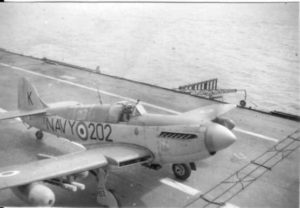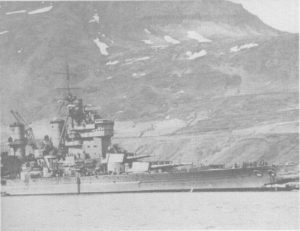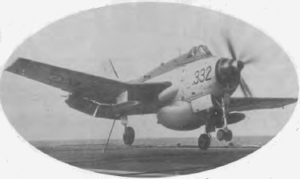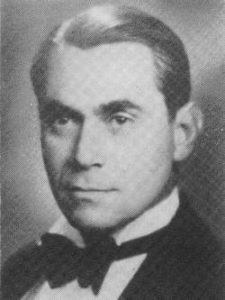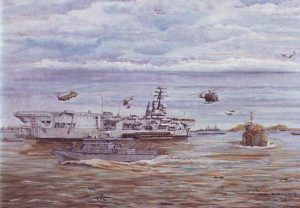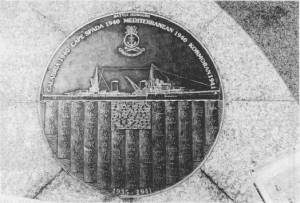Reprinted from a Welcome Aboard pamphlet (date unknown) The decision to build an airfield on the land now occupied by the Naval Air Station was taken soon after WWII was ...
HMAS Sydney III
By Dawn’s Early Light
Obituary: Admiral Sir Anthony Synnot KBE AO (1922-2001)
Born at Corowa, NSW and educated at Geelong Grammar School. Anthony Synnot joined the RAN as a cadet midshipman in 1939 as a Special Entry and trained in Britain with Prince ...
Carrier Flying – the Greatest Sport
Obituary: Harry Train 1918-1999
Born: Millthorpe, October 26, 1918 Died: Balmain, May 23, 1999 Harry Train gave 30 years of his life to serving his country with the RAN. After enlisting in 1936 as ...
Letters: The Vung Tau Ferry
In your Book Review (Naval Historical Review, December 1998) of ‘The Vung Tau Ferry – HMAS Sydney and Escort Ships, Vietnam 1965-72’, your reviewer mentions a story he heard about ...
Book Review: The Vung Tau Ferry
THE VUNG TAU FERRY – HMAS SYDNEY and Escort Ships (Vietnam 1965-72) By Rodney Nott and Noel Payne 1998 has certainly been a bumper year for Australian Naval histories concerning the ...
Obituary: Ian Hunter McDonald RAN (1915-1996)
On 25 November 1996, 55 years to the day of the sinking of HMS Barham, in which he was serving and when 862 of his shipmates lost their lives, Captain ...
HMAS Sydney III – 1948-1973
Veteran aircraft carrier of Korean War (1951-54), Malaysian/Indonesian confrontation emergency (1964) and troop transport of Vietnam conflict (1965-72) Left Foreground: Patrol Boat/Assault Support Right Middle: Australian Army Vessel of Brudenell White/Clive ...
